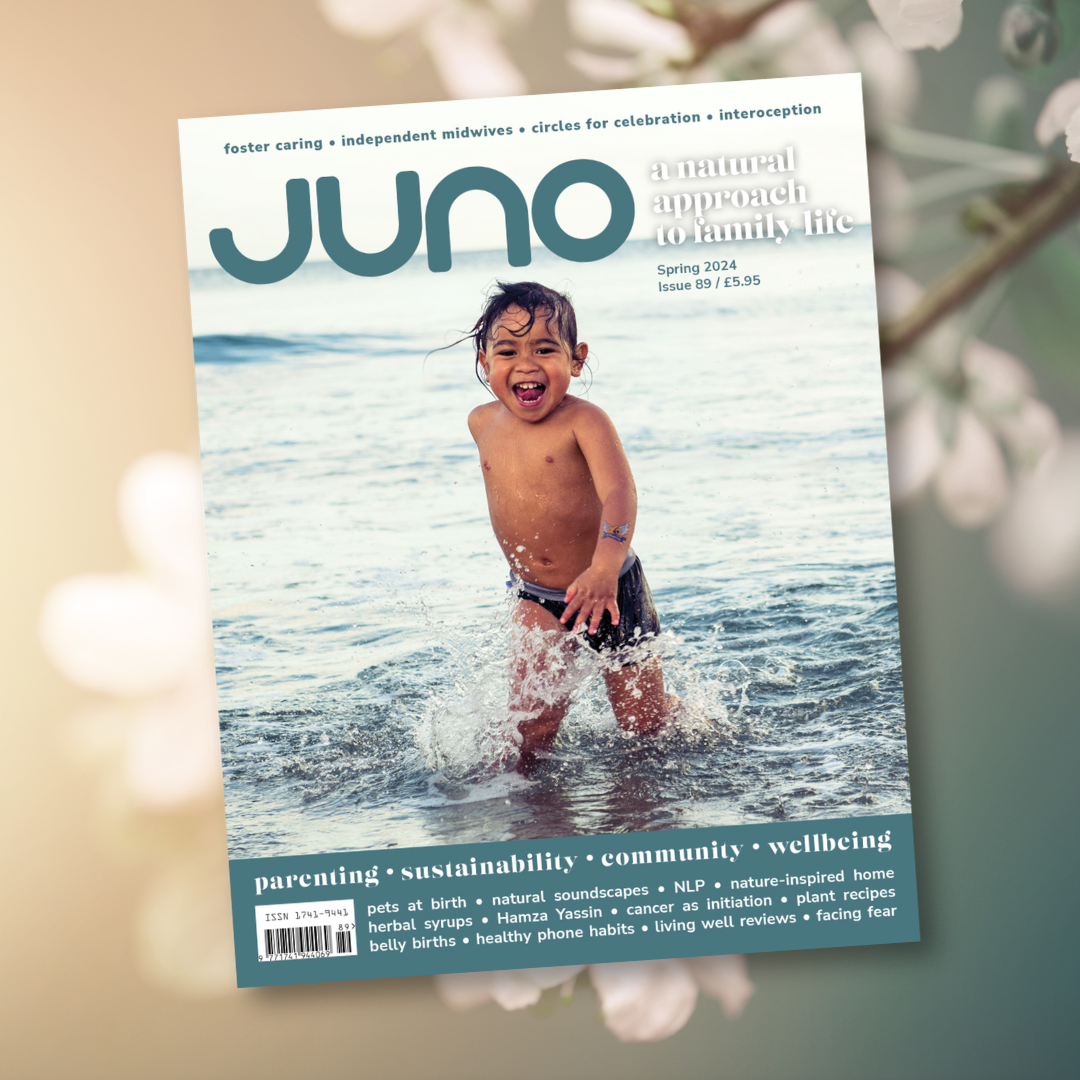A large, handwoven piece of fabric and symbol of Mexican identity, the rebozo ̶ a word meaning shawl ̶ is multifunctional: it can be a fashionable item of clothing, a baby sling, a shade from the sun and can also be used to carry things. It is a woman’s companion during her whole life and how she lives with it is based on oral tradition and ancient wisdom passed down through the generations.
Frida Kahlo popularised the rebozo and those she was photographed in or was depicted wearing in paintings have been displayed all over the world, representing the intersection where art, culture and fashion collide.
However, their oldest use has been in support of pregnancy and in the past eighteen months I have been using the rebozo as a midwifery tool aimed to gently move the womb for increased comfort and control. Every time I use it, I learn how it helps to calm and settle a woman experiencing any level of anxiety in labour.
I have learned about rebozo from Mexican midwife Naoli Vinaver via YouTube, from Spinning Babies and also from Sophie Messager who has previously contributed to JUNO about her body of work in supporting mothers post birth. Recently Mexican midwives made a plea for the birthing world to avoid cultural appropriation and to have respect for their history, honouring their traditions from the pre- Hispanic era and where each region has their own style, and I am very mindful of this in my use.
The rebozo has become an integral part of my skill set; I value it daily and take it with me everywhere I go. It helps me provide support in every environment and in any situation. Sometimes I use it vigorously to jiggle muscles, other times gently around the shoulders to reduce panic and upset, so it is very valuable in many ways to move from one place to another, literally shifting mind and body. It can ground the mother quickly.
It works on many levels: emotional and physical, precisely and vaguely, and helps the transition from discomfort to comfort, altering a mother’s state of mind and confidence from dependent to self-reliant.
If anyone mentions rebozo, be all ears. When I use it, I see couples go from puzzlement and intrigue to relief and gratefulness within just 20 minutes. Mothers often report how it relieves their fatigue, their back or leg pain, any stiffness and importantly their internal stress. I see how they start moving, breathing and reintegrating with their body and baby. I witness a return to connecting with baby and baby’s movements, as well as a return to a state of calm and control.
There are several specific ways in which might I use the rebozo:
- A rhythmic movement called ‘sifting’: mum kneels on the floor with the top half of her body resting on the couch so that her back is flat. After the rebozo has been wrapped around her (positioned in the space between her bra and pubic bone), I pull the fabric up, gently manoeuvring baby into the core of her body. In doing so, the sacrum can dip, facilitating some flexibility in the lower back. The sifting is the cloth being moved gently from side to side which gives a pleasant rhythmic feeling. Often, I will hear deep breathing or snoring, sometimes even dribbling, as it is very relaxing. I can also teach this technique to the partner to employ at home.
During this sifting time, the broad ligament (which can hold on to tension and be in spasm) and the psoas muscles (which can be tight and restricted) are released, creating more space for baby to move, less pain and an instant feeling of comfort. Alongside this, the breathing slows down as mother moves from her fight-or-flight mode into a rest-and-digest parasympathetic nervous system response.
- ‘Shaking the apples’: an exercise where mother is on all fours and the rebozo lies across her lower back, draped towards her upper thigh. Bunching the rebozo tightly on either side, I will effect a dynamic and brisk shaking of all six muscle groups. Mothers report that it feels relaxing, and that comfort is restored when baby’s pressure relieves from a muscle or nerve.
New research from Columbia University has established that a hormone called osteocalcin, produced by the bones in the skeleton, is responsible for driving the stress response. Once osteocalcin floods the body it targets the pancreas, brain muscles and other organs. Heart rate, body temperature and blood glucose levels rise within two minutes of being faced with stress. Adrenal glands then release large amounts of adrenaline.
Equipped with this knowledge, it makes perfect sense to use a rebozo in pregnancy when so many structural changes are unfolding through the months, and to support the skeleton, particularly the pelvis, as baby grows bigger. We know that the vertebrae and specially the lumbar and sacroiliac joint are under pressure as the centre of gravity shifts, and that the pelvis has to expand resulting in pelvic girdle pain for many. It is my belief that if informed use of the rebozo became widely adopted in pregnancy, many stresses in labour could be prevented.
____
FIND OUT MORE
phys.org/news/2019-09-bone-adrenaline-flight-response.html
____

Eleanor Copp supports families across the UK, currently online. relaxedparenting.co.uk 07929 857 608
____
First published in Issue 74 of JUNO. Accurate at the time this issue went to print.



